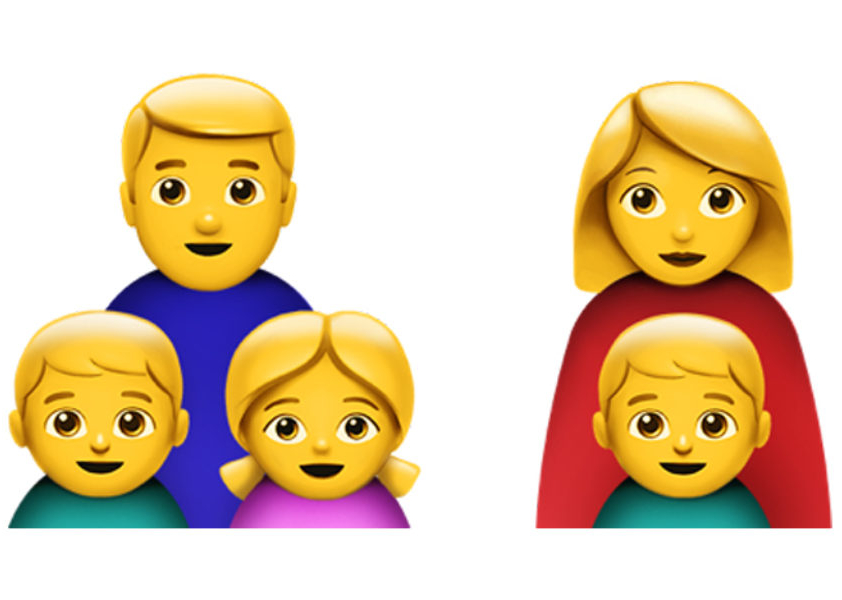Emoji reading reviewed
 Researchers have highlighted the potential pitfalls in the use of emojis.
Researchers have highlighted the potential pitfalls in the use of emojis.
A new study delves into how emojis - stylised images expressing emotions - are interpreted across different demographics.
The study involved 523 participants from China and the UK, dissecting their understanding of 24 emojis meant to represent six basic emotional states: happiness, disgust, fear, sadness, surprise, and anger.
The emojis were chosen from different platforms including Apple, Windows, Android, and WeChat, to ensure a variety of interpretations.
Findings from the research indicate a significant discrepancy in emoji interpretation based on age, with older participants less likely to align their interpretations with the intended emotions of surprise, fear, sadness, and anger.
Gender also played a crucial role, with women more accurately matching emojis to feelings of happiness, fear, sadness, and anger compared to men.
Cultural differences further compounded these discrepancies, especially notable between Chinese and UK participants, with the former group not always using the 'smile' emoji to denote happiness.
The study shows the nuanced challenges of digital communication, where emojis, intended to add emotional depth, can just as easily lead to misunderstandings.
The authors suggest the need for further research into emoji ambiguity, especially in communications that cross cultural and demographic lines.
The full study is accessible here.







 Print
Print